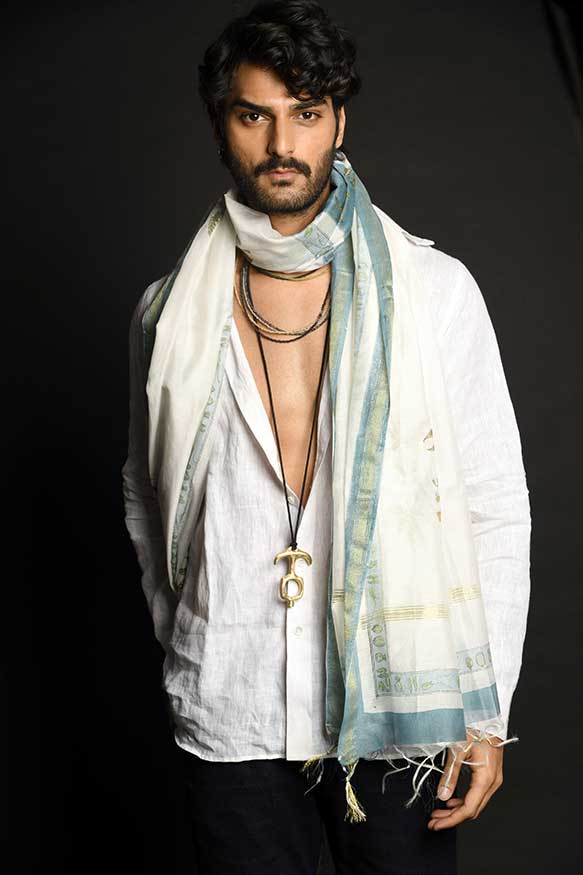
The lack of a standardized, generally accepted definition of “handmade / handcraft” destabilizes sustainability reporting, ESG dimensions and other urgent, data-driven concerns. We propose the best general definition for handmades, so far:
"True handmades are created, essentially, by human hands. “100% handmades” can use hand tools or even limited mechanical processes—as long as the artisan’s work and skills remain the most substantial value-add of the finished product." Keep reading for a rounded view of handmades, globally.
New consumer-driven, sustainability-forward demand could help Indian crafts prosper. Read a strategy that addresses what's wrong and how to fix it.
We use cookies on our website to give you the best shopping experience. Is that OK with you?

Sign-up for news, offers and introductions of re-imagined handmade products